Wetting and dispersing agents are actually a type of dispersant. They have a wetting effect, and this wetting effect mainly acts on the pigment particles, reducing the surface energy of the pigment particles and reducing the intermolecular force. In this way, ultra-fine particles It is less affected by molecular forces, thus making preparations for the subsequent adsorption of the wetting and dispersing agent on the surface of the pigment particles. In the dispersion stage, the main function is to adsorb the wetting and dispersing agent on the surface of ultrafine particles, and achieve a stable effect through the formation of electrostatic repulsion, steric hindrance, etc., and this force exists for a long time, and a stable pigment slurry can be formed, even if During the grinding process, it will not affect the size of the pigment particles, but more wetting and dispersing agents are needed to solve this problem.
Therefore, there is a performance difference between wetting and dispersing agents and wetting agents. What needs to be added during the pigment grinding process is wetting and dispersing agents, which will be firmly adsorbed on the surface of the pigment and filler particles to form a charge effect or steric hindrance effect. A mutually repulsive force is generated to prevent polymerization and keep the dispersion in a stable state. During the paint coating process, adding wetting agents can achieve good adhesion and leveling properties.

